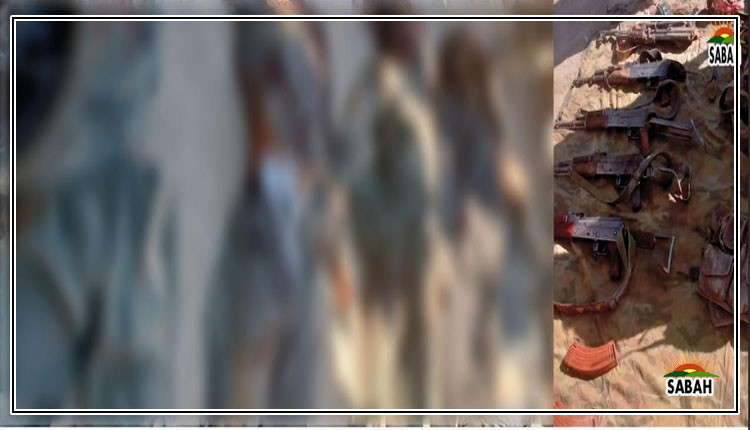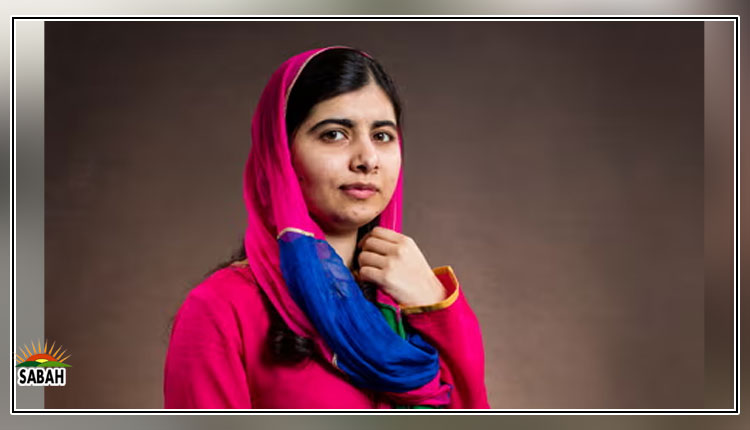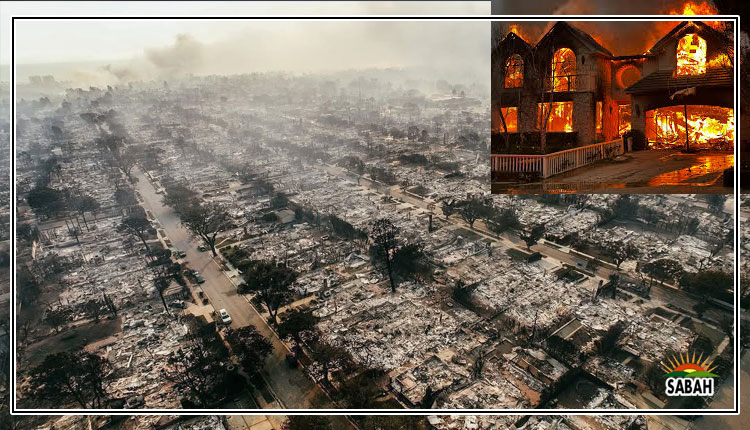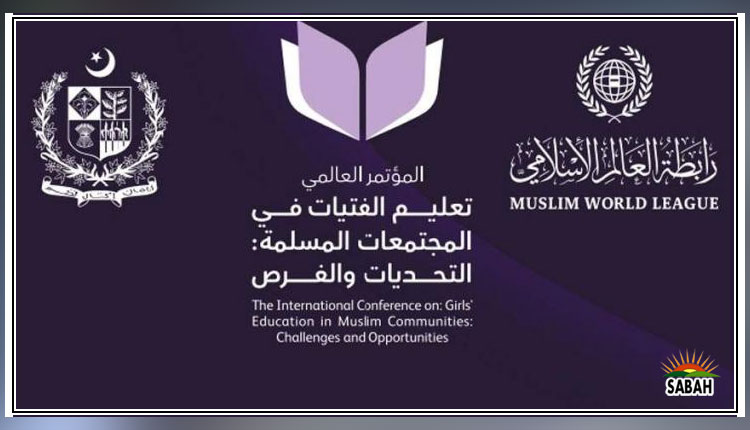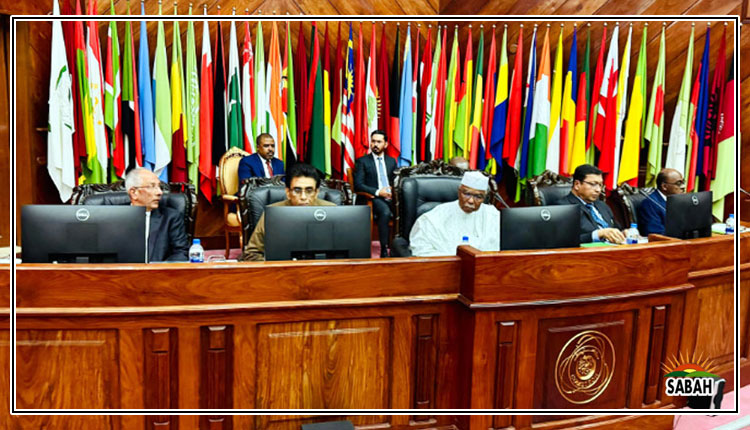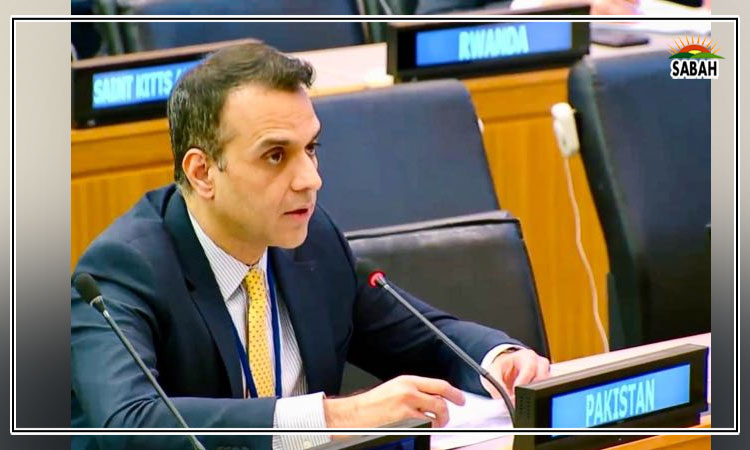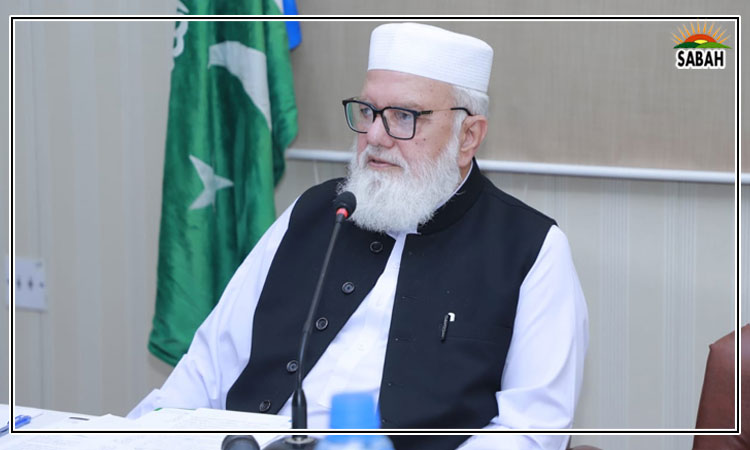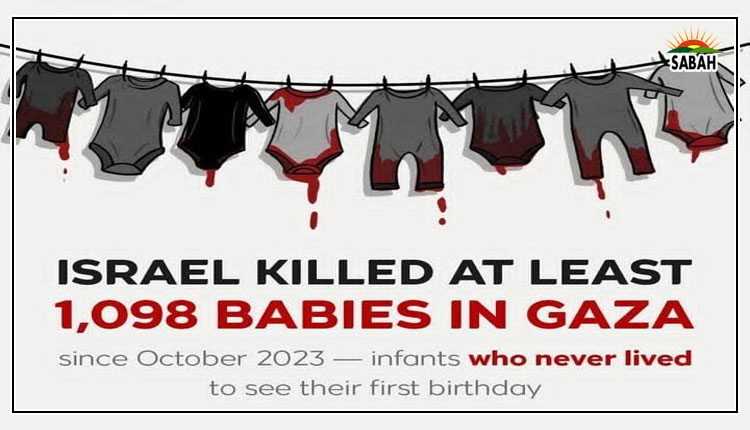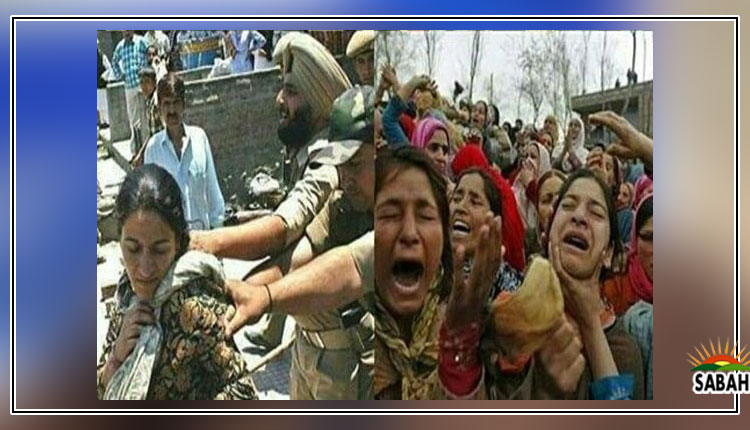Miseries & victimization of Kashmiri women by Indian troops, police, paramilitary, agencies continue unabated
ISLAMABAD, March 08 (SABAH): On the International Women’s Day, on Wednesday the miseries and victimization of the Kashmiri women at the hands of Indian troops, police, paramilitary and agencies continue unabated in Indian illegally occupied Jammu and Kashmir.
According to media reports, thousands of women were among 96,181 people of Jammu and Kashmir, who have been martyred by Indian troops, paramilitary and police personnel since January 1989 till date. At least, 682 women have been martyred by the troops since January 2001.
The report pointed out that the unabated Indian state terrorism rendered 22,958 women widowed. The Indian forces’ personnel molested/ disgraced 11,256 women. It said that Kunanposhpora mass rape and Shopian double-rape-and murder of 17-year-old Aasiya Jan and her sister-in-law Neelofar Jan as well as gang-rape and murder of an eight-year-old girl, Aasifa Bano, of Kathua are glaring examples of Indian forces’ personnel.
The report said that thousands of women lost their sons, husbands, fathers and brothers in the occupied territory who were subjected to custodial disappearance by Indian troops. As per the Association of Parents of Disappeared Persons, more than 8,000 Kashmiris went missing in custody during the past 34 years, it added.
The report revealed that thousands of school boys and girls were also injured by the pellets fired by Indian troops and police personnel while over a hundred including 19-month-old Heeba Jan, 2-year-old Nusrat Jan, Ulfat Hameed (17), Insha Mushtaq, Ifrah Shakoor (17), Shakeela Bano, Tammana (11), Shabroza Mir (16), Shakeela Begum (35) and Rafia Bano (31) lost their eyesight due to pellet injuries.
Four-year-old Zuhra Majeed was hit by pellets in her legs and abdomen after her family was targeted by Indian police outside their home in Qamarwari in Srinagar on July 10, 2016. A 17-year-old Ulfat Hameed, a Class 10 student from Baramulla said, “I used to teach sewing and tailoring to girls in my village, but not anymore. Because of the injuries, I could not write my class 10 board exam”.
A police constable and Special Police Officer (SPO) in July 2021 gang raped a minor Dalit girl in Dansal area of Jammu. The report said that the world community must wake up to contain sexual violence being perpetrated by Indian forces in IIOJK.
The report said that over two dozen women including Hurriyat leaders and activists like Aasiya Andrabi, Fehmeeda Sofi, Naheeda Nasreen, Insha Tariq Shah, Saima Akther, Shazia Akhter, Afrooza, Aisha Mustaq, Hina Bashir Beig and Aasiya Bano were facing illegal detention in the jails of IIOJK and New Delhi’s infamous Tihar Jail. They are being victimized only for representing the righteous demand of right to self-determination and aspirations of the people of Jammu and Kashmir.
The report further pointed out that womenfolk are among the majority of the Kashmiris suffering from multiple psychic problems. The women who lost their men due to enforced disappearances are referred to as “half-widows,” because of their uncertain status between wifehood and widowhood. Many mothers died after waiting for their disappeared sons while widows and half-widows are in pain since decades in occupied territory.
From Azad Jammu and Kashmir, around 400 women who married Kashmiri youth are facing injustice as the Indian government is neither giving them citizenship rights, nor travel documents to go back to AJK. Their children are denied admissions in government schools. “I came here in 2012. My mother died recently but I could not go to see her one last time. We can’t meet our relatives and family members. Parents of many women died during these years but they could not attend the funeral,” said Saba Fayaz who belongs to AJK and married a youth from IIOJK.
Women in Kashmir don’t enjoy the basic rights which are given under the Universal Declaration of Human Rights (UDHR) and even promised under CEDAW (The Convention on the Elimination of All Forms of Discrimination Against Women) adopted in 1979 by the United Nations General Assembly described as an international bill of rights for women.


